Q&A with Made Bayak
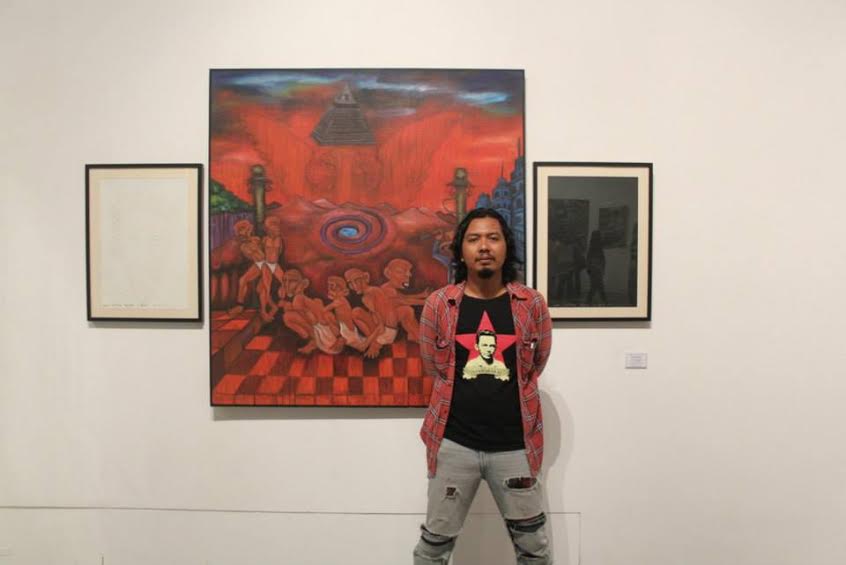
Made Bayak is a Balinese artist, painter, musician, educator and environmental activist.
Through is ongoing project Plasticology – a concept that fuses the words “plastic” and “ecology” – he is exploring Bali’s ecological, social, cultural and political issues. Plasticology develops across different media Plasticology and is associated to an educational campaign against plastic trash.
Plasticology is your long term project that combines art with environmental issues. Bali in fact suffers with plastic pollution. When did you first become interested in that?
I started to make art related to plastic issues in 2001, when I was studying visual art at the Indonesian Institute of the Arts in Denpasar. The first plastic-related project I created was an outdoor installation called PLASTILITICUM. The name is from human history periods, like Megalithic, Palaeolithic, etc. I imagined that in the future people would research about a time in the past where plastic polluted the earth. Therefore the artefacts they will find won’t be stone tools, but plastic objects. At my first solo exhibition at Sika gallery at Ubud in 2008, I created some kinetic objects and sculptures using waste and ready-made materials such as frying pans, wood from the beach, sandals, plastic bottles and broken toys. At the end of 2010 I started experimenting with flatten plastic wastes on a canvas. Since that time I created a series of paintings – I consider them paintings because they are two-dimensional – and I decided to use them for my art project. Plasticology though is not just about paintings and art, but it rather tackles problems directly. We have organized presentations, workshops, river and the beach cleaning up etc.
The first event of Plasticology was at Gardenia Cafe, Sanur in December 2012, followed by an exhibition titled “Plasticology Reissue” at Ary’s Warung, Ubud in May 2013. Have you faced any challenge or obstacle in starting that project?
The challenges I faced for this project came mainly from the art scene itself. Many people in the art world think this project is bullshit and so it’s difficult to get attention. It is rare get review from visual art magazines, the only review we get are from newspapers and other type of magazines and they threat Plasticology as a news item, rather than art. I would say: “do it yourself” and that’s what I did so far. If no one writes a review I will put a text on my blog. If there is no place to exhibit I promote my project on social media. If a school doesn’t want to give me time for a workshop, I find a community/school who is interested and support this project.
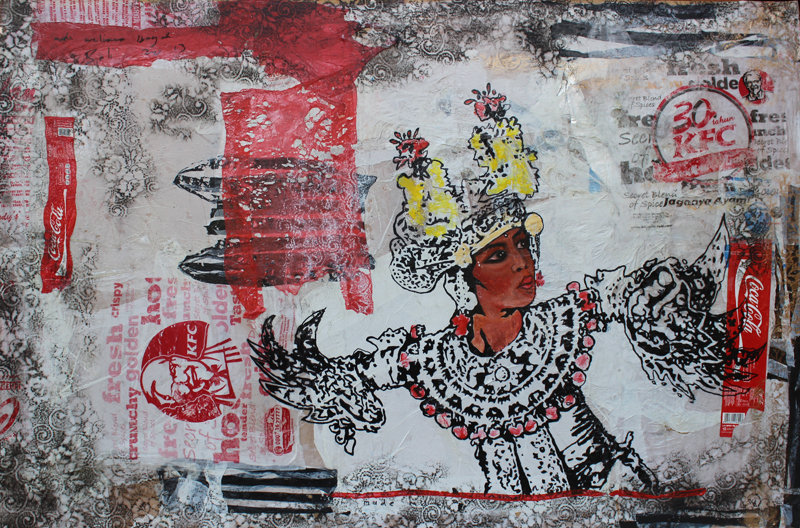
Plasticology at Bloo Lagoon was focused on Padangbai beaches and, as you mentioned, it was composed of three related events; the beach cleaning session, your exhibition – where you composed an installation with plastic wastes – and the workshop Trashformation where you showed how to transform trash into art pieces. How people responded to these events?
So far people have responded well, especially the owner and the guests at Bloo Lagoon. At the same time there is still a lot to do in terms of cleaning up and also civic education. You need to start from the basics of the education system, because lots of people still can’t identify pollution as a problem. For what concerns the art scene that means introducing new art pieces to the new audiences. I’m talking of the east of Bali, for example, which is a bit far from the arts centre of Ubud or Denpasar. After the Bloo Lagoon workshop I will coordinate with local elementary schools in these areas to do present projects and visit galleries together.
In the last few years there has been an increasing awareness about the need for plastic waste management in Bali. Programs and initiatives have been run by the Government and the NGOs. For you though, the small changes start for the individuals and their families. What would you recommend to do for people who want to contribute in fighting the plastic waste problem?
I would recommend starting to reuse waste. Also small actions like bring your own shopper bag instead of buy a new plastic one can make the difference. On a larger scale in Bali some people started the initiative of creating a trash bank, so we can start to collaborate in our own trash management system. Through that system we can sell
recycled plastic. In the end, the government needs to act and create strong regulations, because all our initiatives will be useless without government support.
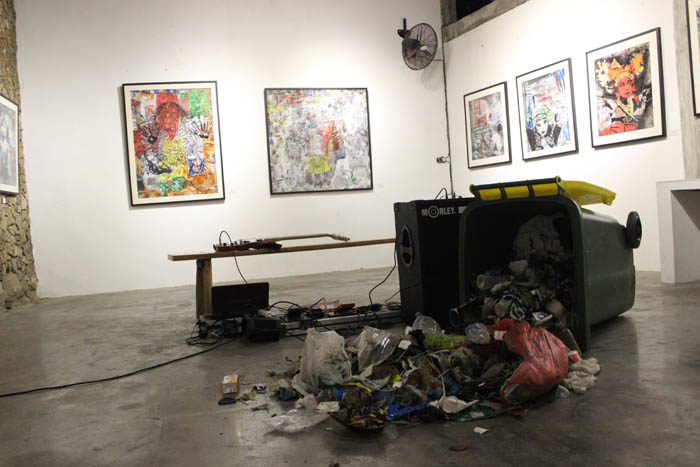
You operate not only visual art, but also music as a guitarist, being in the local indie bands Simulacra and Geekssmile. Is music another medium for you to convey ecological and cultural issues?
Yes, music is another medium to express these issues for me, just as visual art.
I know that there’s rarely a “typical” day in the life of an artist, but can you talk a bit about what a week in your life usually entail, in terms of art making?
My day starts with sweeping the courtyard at 6 or 7am. If I wake up earlier in the morning I start painting or working on an installation or an unfinished piece. My main responsibility is to make sure my 8 year boy will take a bath and then at 8.30 am I will take him to school and I will pick him up him at 3pm. Only if there is a fixed visual art/music schedule I ask my wife to fetch our boy. The rest of my time is spent making the artworks, doing presentations, workshops or rehearsal with the band. During the school holidays, if there’s no exhibition or workshop program, I have all day at studio to making art.
Can you tell me about the things that keep you feeling grounded, connected and inspired?
I would say, stay close to the problems and try to understand them. In Indonesia a critical attitude is still seen as negative, after 32 years under the Suharto regime, when no critical thinking was allowed. I think of myself and the 80s generation as “victims”, fooled by the government in every aspect of their life. My responsibility as an artist is to make good, meaningful and soulful art. My art should be the vehicle of a strong message and directly came from the problems. I don’t want to be just an observer but take part in the change. I believe art can has the potential to go beyond art for art’s sake.
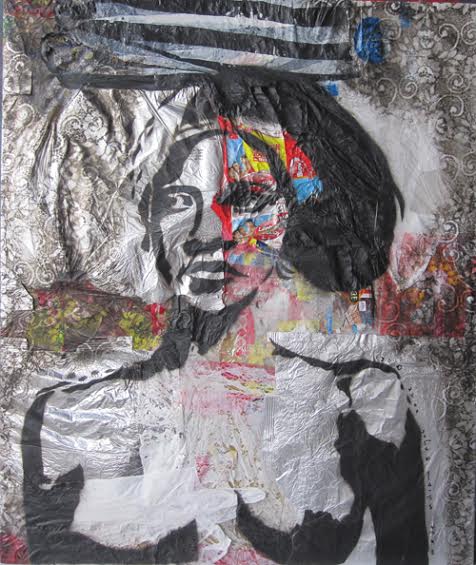
Do you already know what will be the next step for Plasticology?
The project aims to work with all the nine regions of Bali – I’m currently at six. I will bring Plasticology to my own home village at Tampaksiring, particularly focusing on local schools. As a second step I will look for international opportunities to show Plasticology abroad and spread my message to a global audience. The third step will be experiment with other mediums (photo, video, installation, object or sound) for this project. And finally, my big dream will be to create an open space/gallery and studio/learning centre where village’s kids where I live can learn visual art and music. I hope that from their interest in visual art and music and they will be able to convey their message through their creations. Hopefully that will restore the critical thinking attitude that has been lost for many generations.
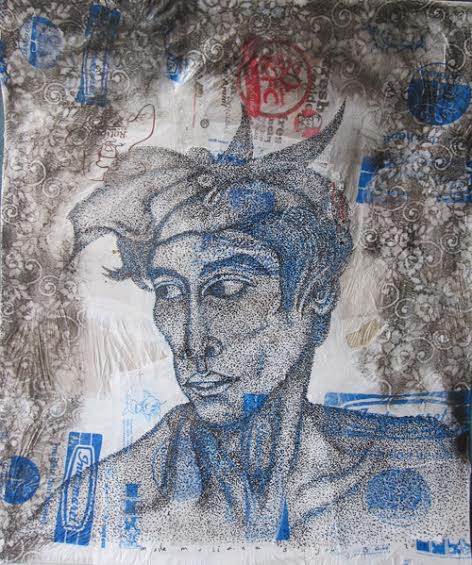
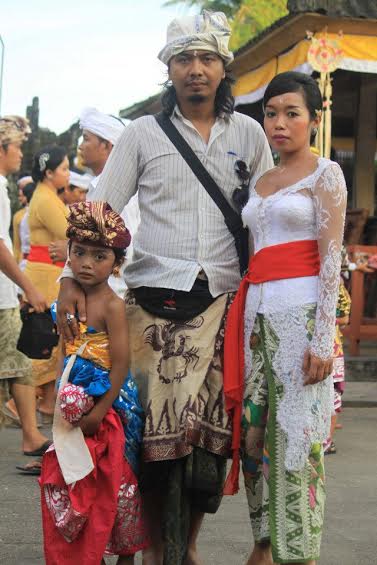
Photo 6 by Putu



